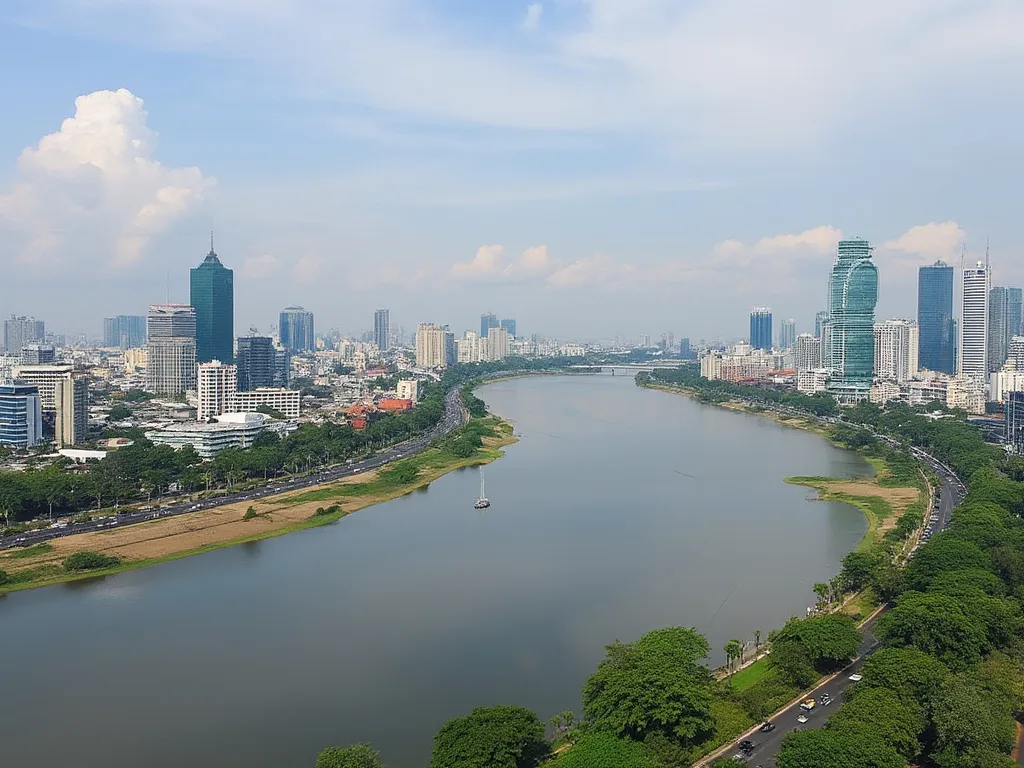
Phnom Penh, the capital and largest city of Cambodia, is a bustling metropolis situated at the confluence of the Tonle Sap, Mekong, and Bassac rivers. The city, known as the "Pearl of the Orient," has a rich history dating back to the 15th century and is home to a blend of Khmer, French, and Indian architectural styles.
Phnom Penh information
| Country | 🇰🇭 Cambodia |
| Population | 2.1 million |
| Coordinates | 11.5625° N, 104.9167° E |
| Area | 570 km² |
| Climate | Tropical savanna climate |
| Language | Khmer |
| Currency | Cambodian riel (KHR) |
| Time zone | UTC+7 |
| Proximity to other major cities | Ho Chi Minh City (210 km), Bangkok (570 km), Hanoi (1,430 km) |
Interesting facts about Phnom Penh
- Phnom Penh is home to the world's largest Buddhist temple, the Wat Phnom.
- The city's name, Phnom Penh, translates to "hill of Penh" in Khmer.
- Phnom Penh is known for its vibrant street food scene, with popular dishes such as fish amok and nom banh chok.
- The city hosts the annual Water Festival, which attracts millions of visitors each year.
Tourist attractions in Phnom Penh
- Royal Palace: A grand palace complex that serves as the official residence of the King of Cambodia.
- Silver Pagoda: A stunning temple complex within the Royal Palace grounds, known for its intricate carvings and silver-tiled floor.
- National Museum of Cambodia: A museum showcasing the country's rich history and cultural heritage.
- Central Market: A bustling marketplace offering a wide range of goods, from fresh produce to souvenirs.
Historical background of Phnom Penh
Founded in 1372, Phnom Penh was initially known as Chaktomuk, which translates to "four faces" in Khmer. The city became the capital of the Khmer Empire in 1432 and remained so until the 16th century. In 1863, Phnom Penh became the capital of the French protectorate of Cambodia and underwent significant modernization and urbanization. The city gained independence from France in 1953 and became a key cultural and economic center in Southeast Asia.
Geographical location of Phnom Penh
Phnom Penh is situated in the south-central part of Cambodia, approximately 210 km northwest of Ho Chi Minh City, Vietnam. The city lies on a slight elevation, with the Tonle Sap and Mekong rivers flowing through it. The surrounding landscape is dominated by the Tonle Sap Lake, the largest freshwater lake in Southeast Asia.
Cultural significance of Phnom Penh
Phnom Penh is a city steeped in history and culture. The city is home to numerous temples, museums, and historical landmarks, including the Royal Palace, the Silver Pagoda, and the National Museum of Cambodia. The city's vibrant markets, such as the Central Market and the Russian Market, offer a glimpse into the daily lives of the locals.
Economic importance of Phnom Penh
Phnom Penh is the economic hub of Cambodia, accounting for a significant portion of the country's GDP. The city is a major center for trade, finance, and industry, with a growing tourism sector. The city's strategic location at the confluence of the Tonle Sap, Mekong, and Bassac rivers makes it an important transportation hub.
Conclusion on Phnom Penh
In conclusion, Phnom Penh is a city that seamlessly blends tradition and modernity, offering a unique cultural and historical experience for visitors. From its stunning temples and vibrant markets to its rich history and economic significance, Phnom Penh is a city that has something to offer for everyone.
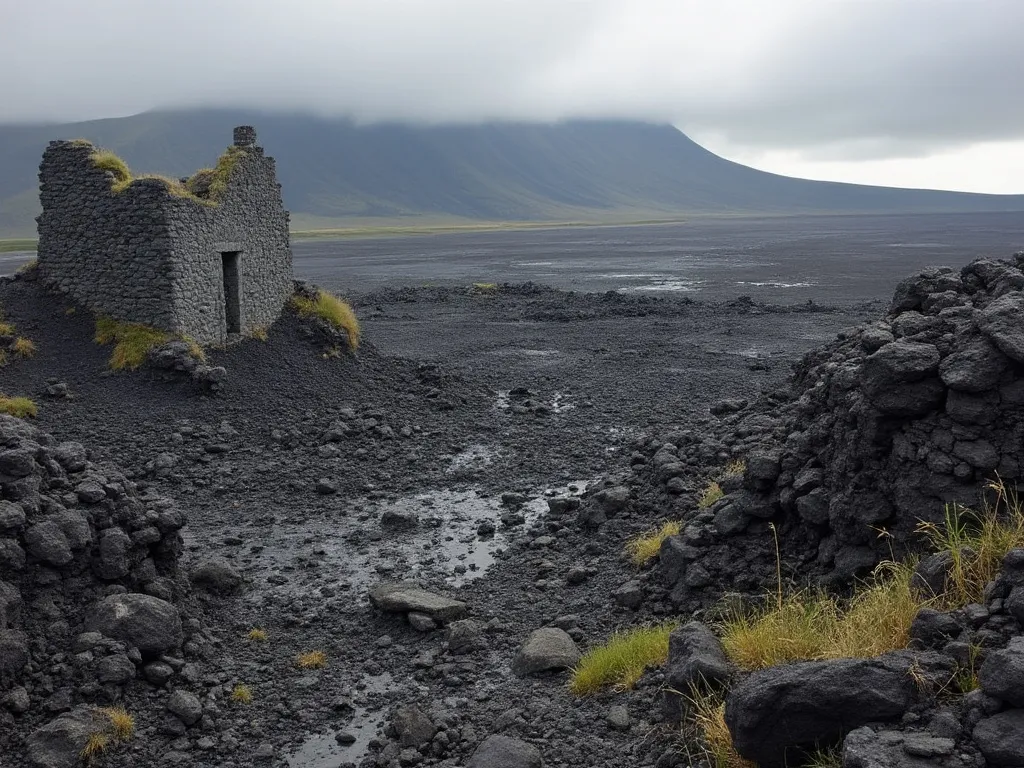 Plymouth
Plymouth
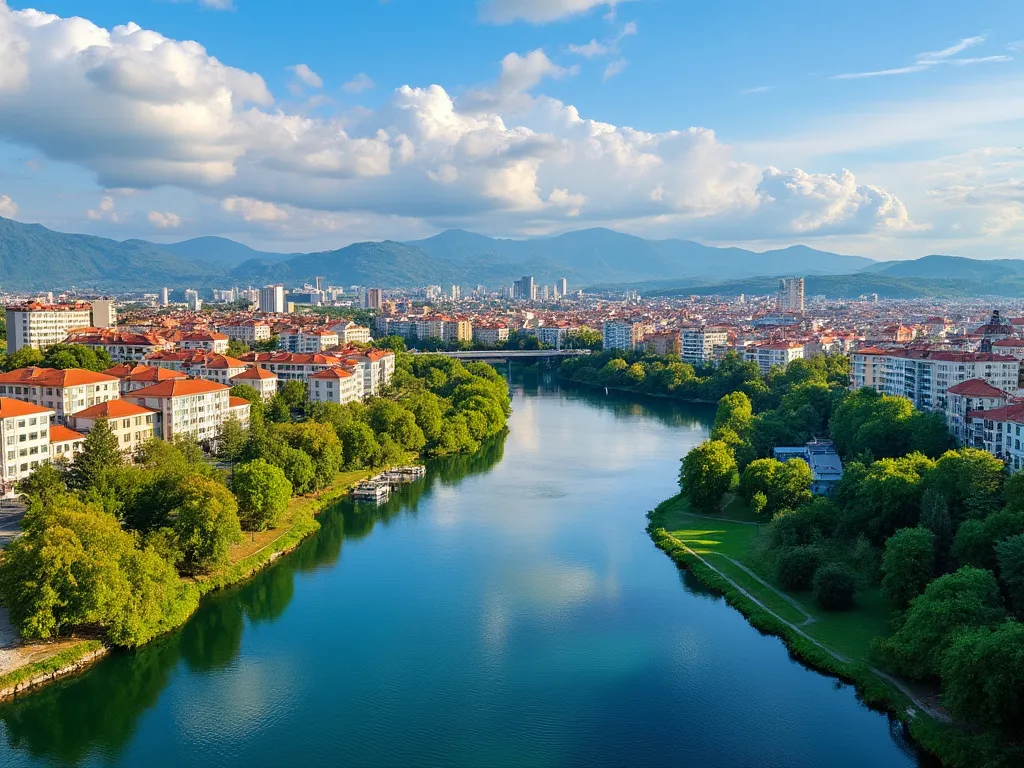 Podgorica
Podgorica
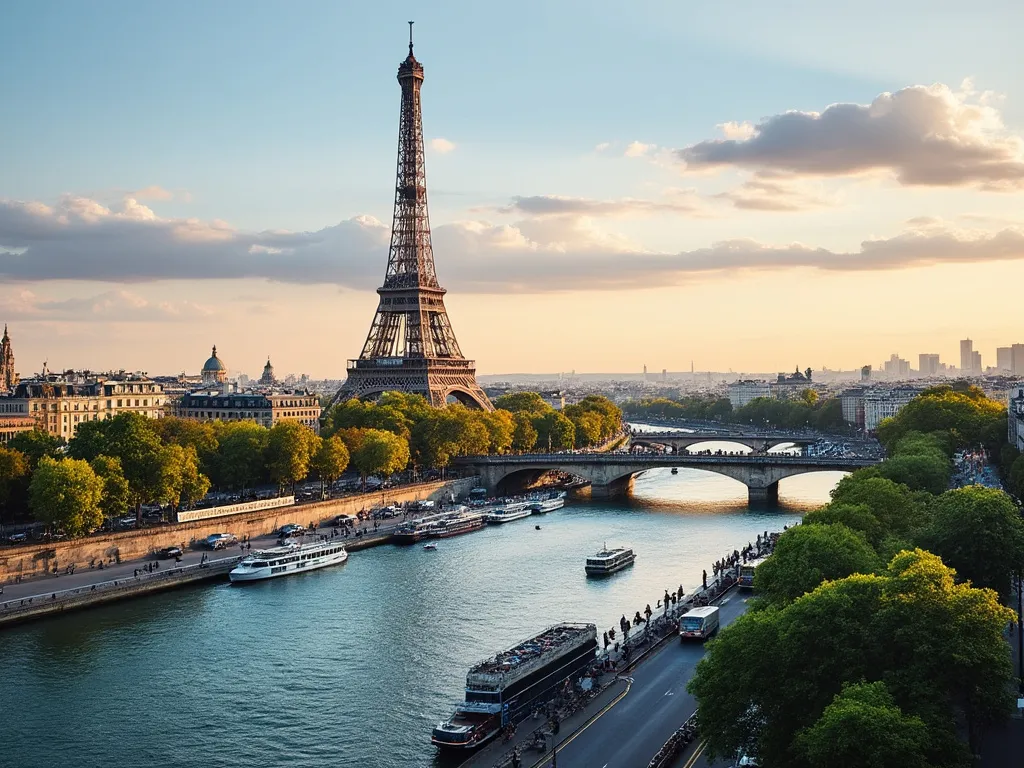 Paris
Paris
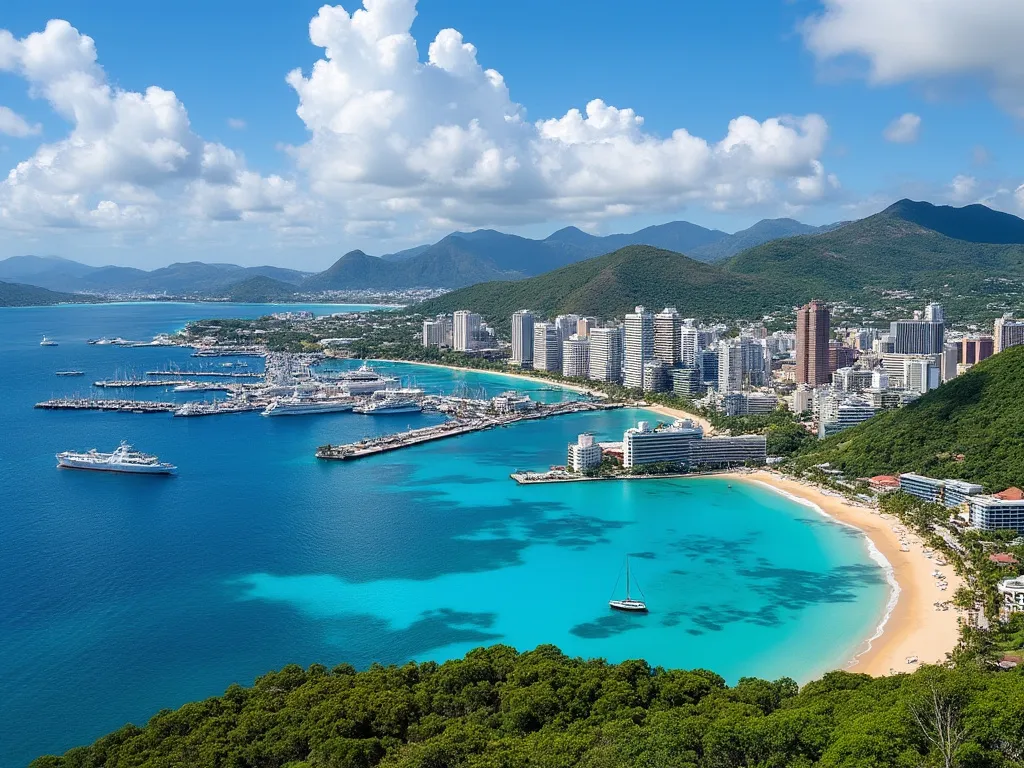 Philipsburg
Philipsburg